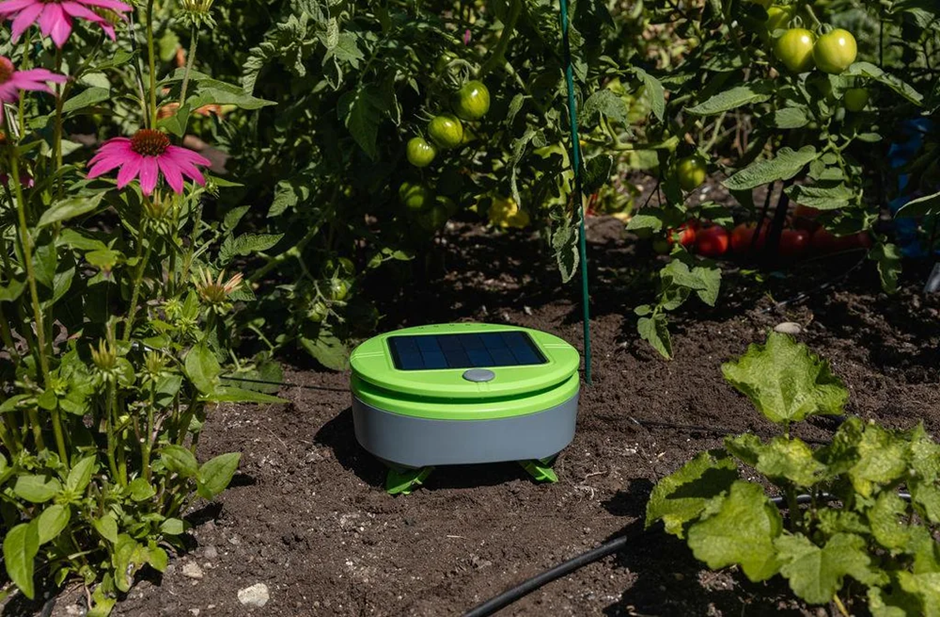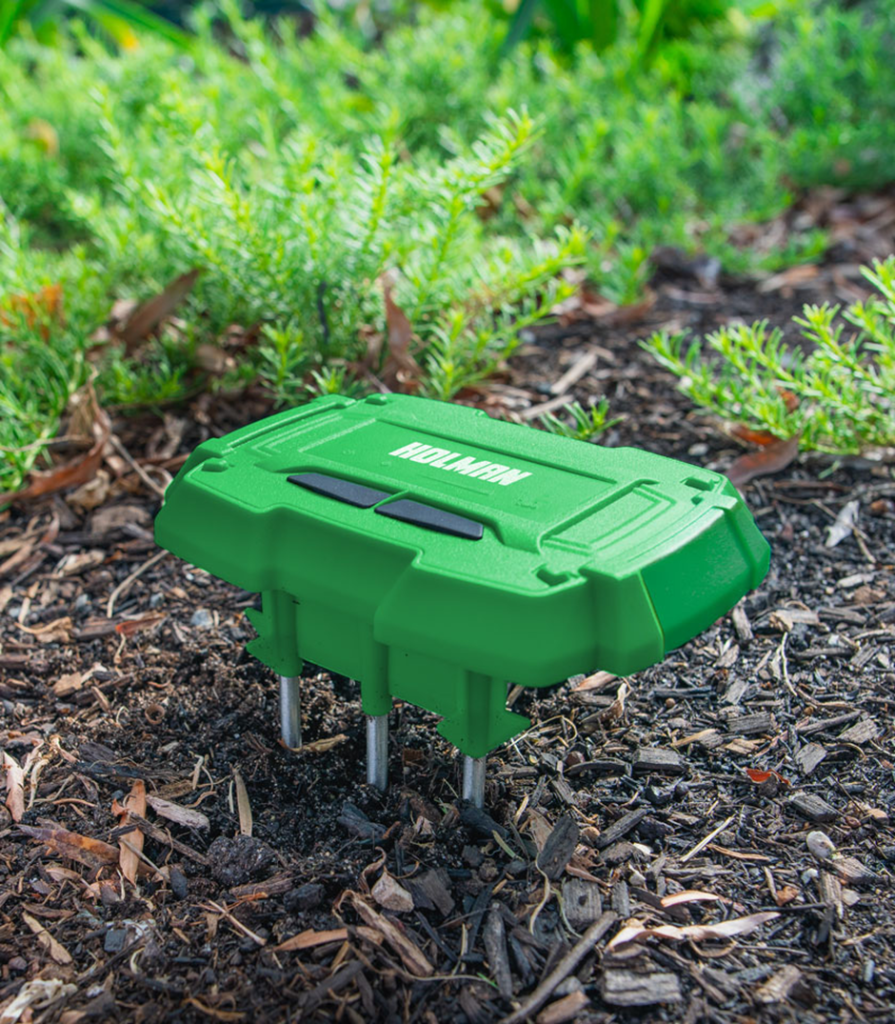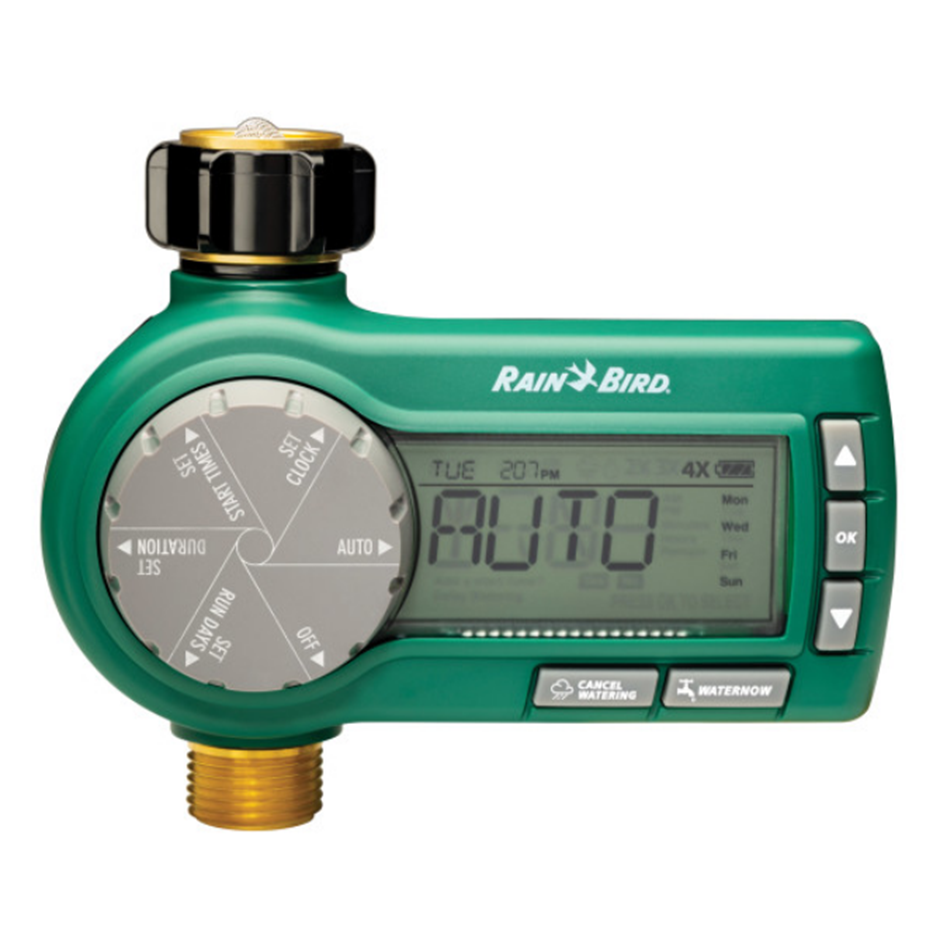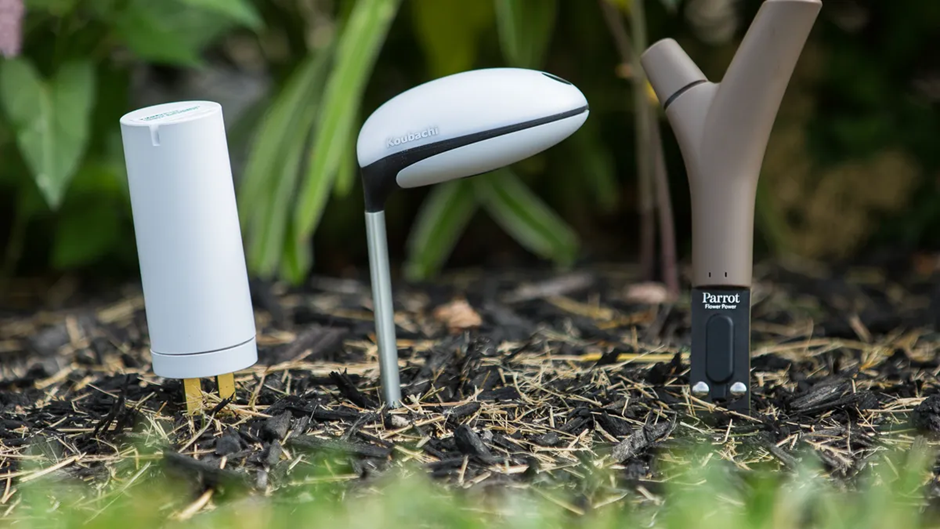Create a calm, low-maintenance yard with the use of smart gardening devices that take care of the daily routine. Make use of a plant monitoring system to track soil, light, and temperature. This system is also built to send you alerts early so that small fixes can happen as fast as possible.
You can pair your garden moisture sensors with your controller so that watering follows the soil needs. Add a robotic lawn mower that trims little and often and docks itself when done. This guide will share practical setups that will help you minimise water usage, and ensure your plants are as healthy as they need to be.
Smart Gardening Devices for a Hassle-Free Yard
A calm, low-maintenance yard starts with tools that handle the boring parts well. Modern smart gardening devices are able to keep an eye on conditions, tune watering when necessary, and report issues before they become more serious problems. A plant monitoring system tracks the basics so quick tweaks happen early.
Pair that with garden moisture sensors, and irrigation follows the soil instead of the clock. Grass gets its own helper too, since a robotic lawn mower keeps height consistent and docks itself when finished. The result at the end of the day is a weekly routine that fits busy schedules while making sure that plants stay in a healthier range.
How Smart Gardening Tech Transforms Outdoor Spaces

Yard care gets a lot smoother when connected garden tools handle the routine. Moisture and weather data feed digital gardening solutions that skip watering after rain, target dry zones, and keep schedules tidy. Over on the lawn, automated plant care trims little and often, so grass stays even without marathon weekends.
The payoff is consistency that supports healthier roots and calmer growth. Settings are easy to tweak, alerts surface what matters, and small fixes take minutes.
Choosing the Right Plant Monitoring System
Selection should match the way plants are grown. For containers or beds, a smart plant tracker that measures soil moisture and reports stable trends helps prevent overwatering. Pair it with pH or EC when fertilizing, since those readings affect how roots access nutrients. Light tracking earns its keep by aligning placement with daily exposure targets.
A real-time soil health monitor that includes temperature and humidity offers a fuller picture of stress. Greenhouse growers get better results when vapor pressure deficit is part of the data set. Outdoor monitors last longer with proper ingress protection. A digital plant care system with readable charts, alert tuning, and data export keeps home garden monitoring clear and useful across seasons.
Garden Moisture Sensors for Efficient Watering

Overwatering is known to stress plants and turn their leaves limp and roots unhappy. A smart soil moisture sensor makes life a lot easier by putting an end to all the guesswork by reading moisture at the root zone and telling irrigation systems when beds actually need water.
Paired with a controller, it pauses watering on wet days and resumes only when the soil dries. That kind of feedback turns hoses and timers into precision watering devices. For containers and raised beds, a compact soil hydration monitor helps catch quick swings between soggy and dry, which protects tender roots. Put together, all of these small upgrades act like water-saving garden tools that help to keep your plants healthier.
Robotic Lawn Mowers for Easy Lawn Care

Robotic mowers turn lawn care into a set-and-forget routine that still looks neat. After a quick setup with boundary zones or satellite mapping, a cordless robotic mower runs quiet schedules and trims a little at a time so the yard stays healthy. Safety stays front and center with lift, tilt, and obstacle sensors that stop blades fast, plus PIN and alarm options that deter theft.
A self-charging lawn mower returns to its dock when the battery dips, then rolls out again on the next schedule. For those who want truly hands-free grass cutting, an automatic lawn mower that mulches fine clippings helps keep nutrients in the soil and cuts bagging chores.
Integrating Multiple Smart Gardening Gadgets
Moisture sensors make the rules, timers carry them out, and robotic tools keep everything tidy. That’s the backbone of a garden automation setup that waters only when the soil needs it, then schedules mowing once the turf is dry. Pair soil probes with a controller so watering pauses when readings are high, resumes when they fall, and shifts to early morning for healthier plants.
Fold in a mower routine that pauses during irrigation and restarts afterward for clean cuts and fewer clumps. Tying these pieces into integrated garden tech turns disparate gadgets into a multi-device garden system that runs on simple routines and weather cues. The payoff is calmer smart yard management with fewer manual checks and more consistent growth.
Budget-Friendly Smart Gardening Options
A tight setup does not always need a big spend to feel polished. Hose-end timers can handle routine watering, thus making them an important pillar of low-cost garden automation.

Drip lines stretch that water further, while entry-level garden tech like basic moisture probes stops unnecessary cycles. An outdoor smart plug tied to a GFCI outlet can switch a small pump or accent lights as part of budget-friendly smart tools. Keep the runs short, water as early as possible, and let soil readings guide skips. With a few affordable garden gadgets, the yard runs on simple rules that protect plants and save effort.
Seasonal Maintenance for Smart Garden Devices
A smart yard runs well when seasonal garden device upkeep is planned properly. During late fall, turn off irrigation, empty exposed components, and blow out lines where there is a risk of freezing. Mid-season, practice good garden gadget care through flushing of drip zones and checking filters to avoid clogging.
Ensure your software remains current with timely device firmware updates so that controllers and sensors remain secure and stable. For power, look out for controllers and smart plugs by making use of outdoor-rated covers and GFCI protection to reduce the risk of shocks.
Final Tips for a Fully Automated Garden
A good routine brings together setup, monitoring, and minor tweaks into a single loop. Carry out watering in the early morning, use a drip where it is possible, and keep mulch away from stems for good airflow. Allow sensors to call the skips, then carry out a few quick soil checks after hot or windy days to confirm.
Your Irrigation should automatically come to a stop after rain or freeze inputs, so that cycles don’t go against the weather. Note down each zone’s peculiarities in a simple note so that you can make future adjustments easily. With these tips, your everyday care becomes a lot more tech-driven. The payoff shows up in steadier growth and fewer emergencies, guided by practical smart gardening strategies.
Build a simple automation plan this weekend, then share your calm, low-maintenance yard in the comments below!


